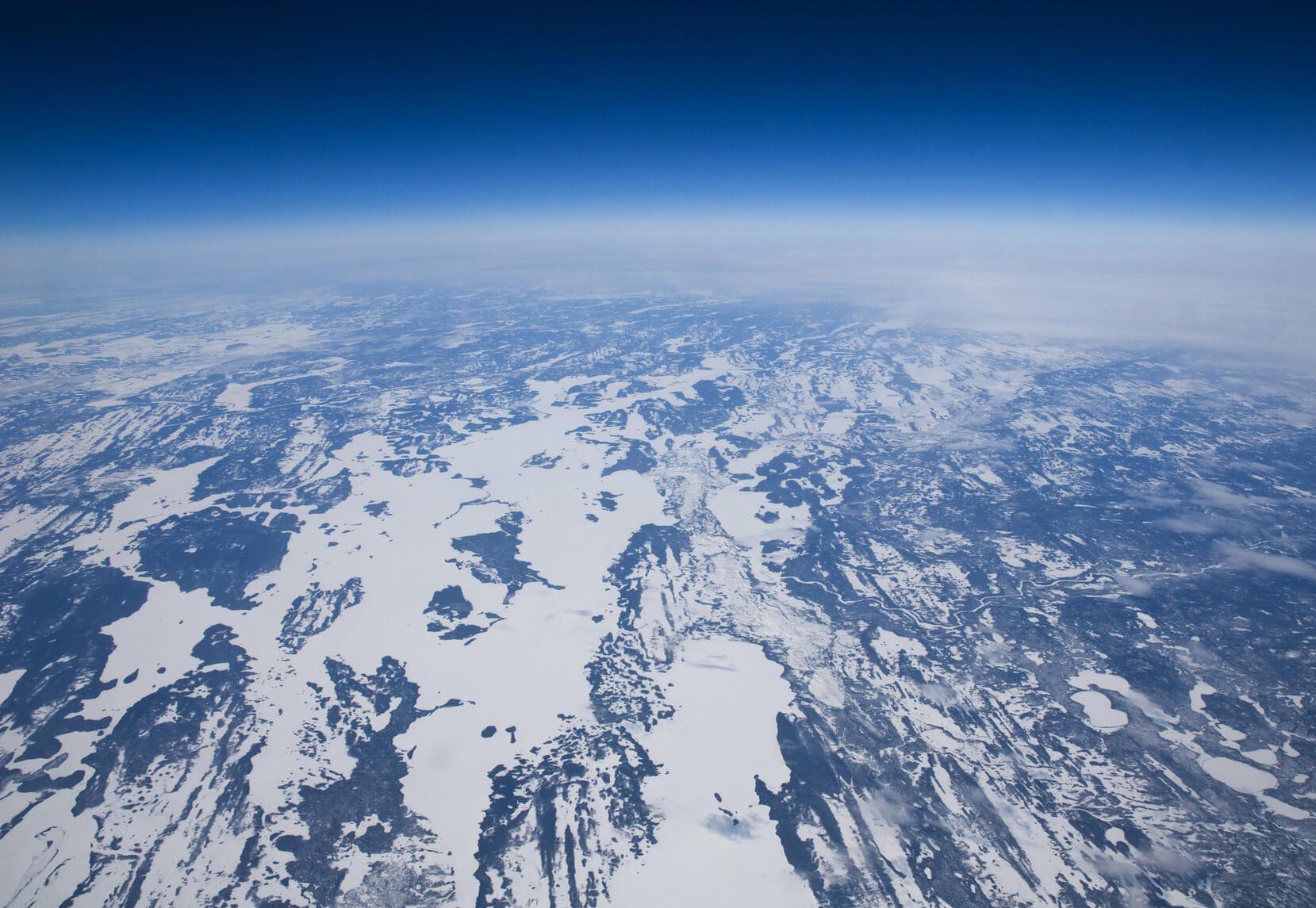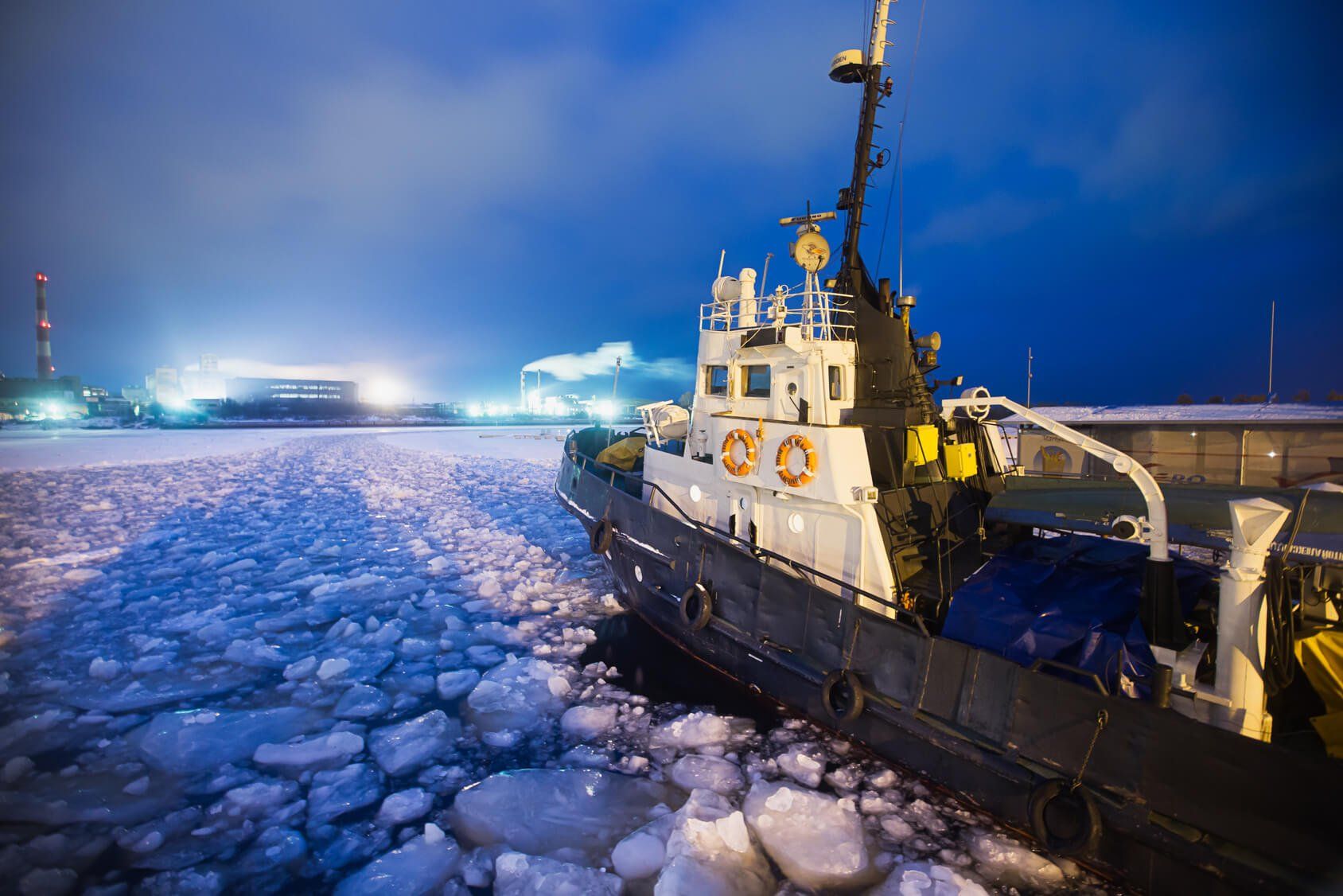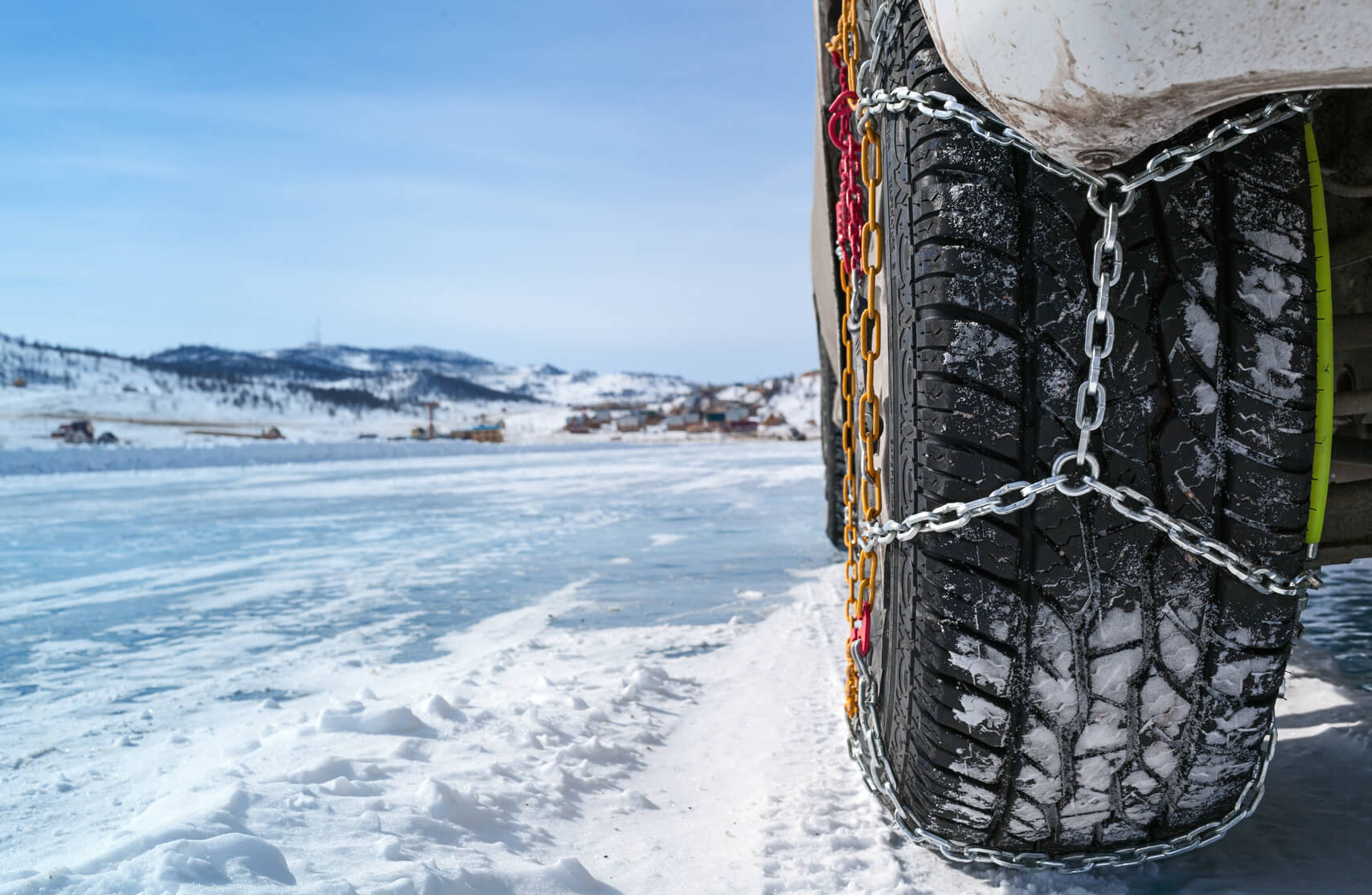Challenges to arctic construction
Construction in the arctic presents a mine developer with several unique challenges, which increase the size of the barrier to be overcome in putting a mine into production. This article summarizes several of these challenges and suggests some mitigating strategies.
Remoteness
Many mines are remote from infrastructure, but arctic conditions exacerbate the problem. Poor weather, sea ice, and darkness isolate a project even further. Projects located in the far north may be several hundred kilometres from any road, port, or population. The intervening terrain may have no permanent human presence. Therefore all material, equipment and labour must be transported over purpose-built infrastructure. The mine project itself will need to carry the entire capital cost up-front, in some cases before construction can begin. Most other mines can count on at least some of the infrastructure being in existence or publically funded.
Very little can be done to mitigate the distances, but a government may be willing to contribute to infrastructure costs. Several different mining projects may also collaborate in order to construct a single access road or shipping port. Ice roads are a means of using frozen lakes to replace permanent road links. Mines in the arctic currently use ice roads as an ongoing operations transport route, although they are subject to the weather and the trucking season can vary from year to year. They are not free: the road must be carefully built up in order to allow heavy transport trucks over the ice.
Prefabricated modules that have been assembled in southern locations enable some of the construction labour force to work off site. The difficulty of supplying hundreds or thousands of workers at site is thus replaced with the difficulty of transporting a 500-tonne module. However, experience has shown that modular construction is a preferred method with entire mills having been constructed on barges and towed into location.
Weather
The challenges of weather are more than just the cold: high winds, blowing snow, freezing fog, darkness, and sea ice will all make construction, and the use of any infrastructure that has been constructed, more difficult. Much of the arctic landscape, especially during the long winters, offers little barrier to wind. High winds will pick up ground snow and reduce visibility to nearly zero, which reduces the availability of a road or airport. During the short fall and spring season, freezing fog may prevent aviation and make trucking more difficult.
Long hours of darkness during the very long winter months will also reduce the capacities of roads and airports, exacerbating problems of reduced visibility. Airports near the arctic coast may be unusable for weeks at a time. Sea ice in the arctic is a year-round hazard to navigation. The summer shipping season may average only 60 days, and in some years may not exist. Off-shore wind will drive pack ice into a port and prevent shipping from using it.
Mitigating measures such as refuge stations along the road (including landline communications links) improve safety. Lighting along the road will also improve road speeds during poor weather. Airports can be constructed with a full complement of lights and navigation beacons to make them more accessible. GPS navigation can be unreliable in the arctic and so traditional ground-based navigation beacons will be needed. Access to ice-breakers may not be justifiable on a cost basis during operations but may be prudent during the capital intensive and risky construction phase. Very large structures (such as inflatable tents) can be erected over a construction site, providing an environment within which the project can proceed without exposure to the wind and darkness.
Environment
The arctic is a pristine environment that has been largely untouched by economic development, and as a consequence, any impact from a mining operation tends to be very noticeable.
The extreme nature of the climate also means that plants and animals in the area are usually living on the edge of the maximum carrying capacity of their habitat. A small effect from mining operations may have a large impact on these plants and animals.
In non-arctic regions, a typical mitigation measure during construction of a mine is to provide alternative habitats by replacing or reinstating areas that were damaged in the past. In the arctic this is not possible as there is no previously damaged habitat nearby. An extensive and long-term baseline survey of the local habitat is necessary in order to carefully document pre-existing conditions and help establish what must be done during the operational and reclamation phases.
Permafrost
Permafrost, or permanently frozen ground, consists of a mixture of ice and till, which can extend hundreds of metres below surface depending on the location of bodies of water and type of ground. Permafrost has multiple effects on construction, both positive and negative Excavation can be considerably more difficult and harder on equipment than in non-permafrost regions, while operations in the summer months can be complicated by melting permafrost. As surface ground cover is disrupted and successive layers of ground are exposed, the permafrost melts and can transform a construction site into a swamp.
Temporary unheated structures can have sill plates bolted directly to a gravel pad over the permafrost. Long steel pins are driven into the ground and the building erected directly onto the sill. Temporary heated structures can be erected on platforms attached to the sills that allow air to circulate beneath them. Such structures can take advantage of the excellent load carrying capacity of permafrost as long as measures are taken to prevent melting. In some cases elaborate active systems that circulate cooling fluid can be used to keep permafrost frozen next to a permanent structure’s foundation.
On the positive side, permafrost allows for very quick road construction. A permanent haul road over permafrost consists of a crushed gravel pad about a metre thick. This pad is an engineered compacted surface that provides protection to the permafrost and keeps it frozen. Careful consideration of drainage, local winds, and surface contours is required during design in order to keep the road usable during the winter and to prevent rapid deterioration of the permafrost in the spring.
Another benefit is that tailings can be spread out over the ground in suitable locations and permanently frozen, which can help with concerns such as acid drainage.
Conclusion
Development of an arctic project has numerous unique challenges that will increase costs relative to projects in other environments. However, there is a wide selection of techniques that can be used to mitigate the problems, and many of these projects can be, and have been, economically developed.
Subscribe for the latest news & events
Contact Details
Useful Links
News & Insights



